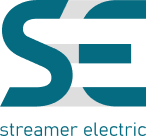FIPRES versus Infrared Thermography
24.02.2022Why is infrared thermography inspection limited for efficient prevention of electrical overheating and fires?
1. What are the causes of overheating and fires?
|
Fire is one of the most dangerous situations that could arise in any residential or industrial installation. Fire will generate shutdowns, costly damages, and life-threatening situations. One-third of all fires in the world occur due to an electrical malfunction. Electrical fire may start because of several reasons:
Contact connection problems are the most widespread reason for the fire, and loose connections are the most common reason for electrical overheating and further fire. |
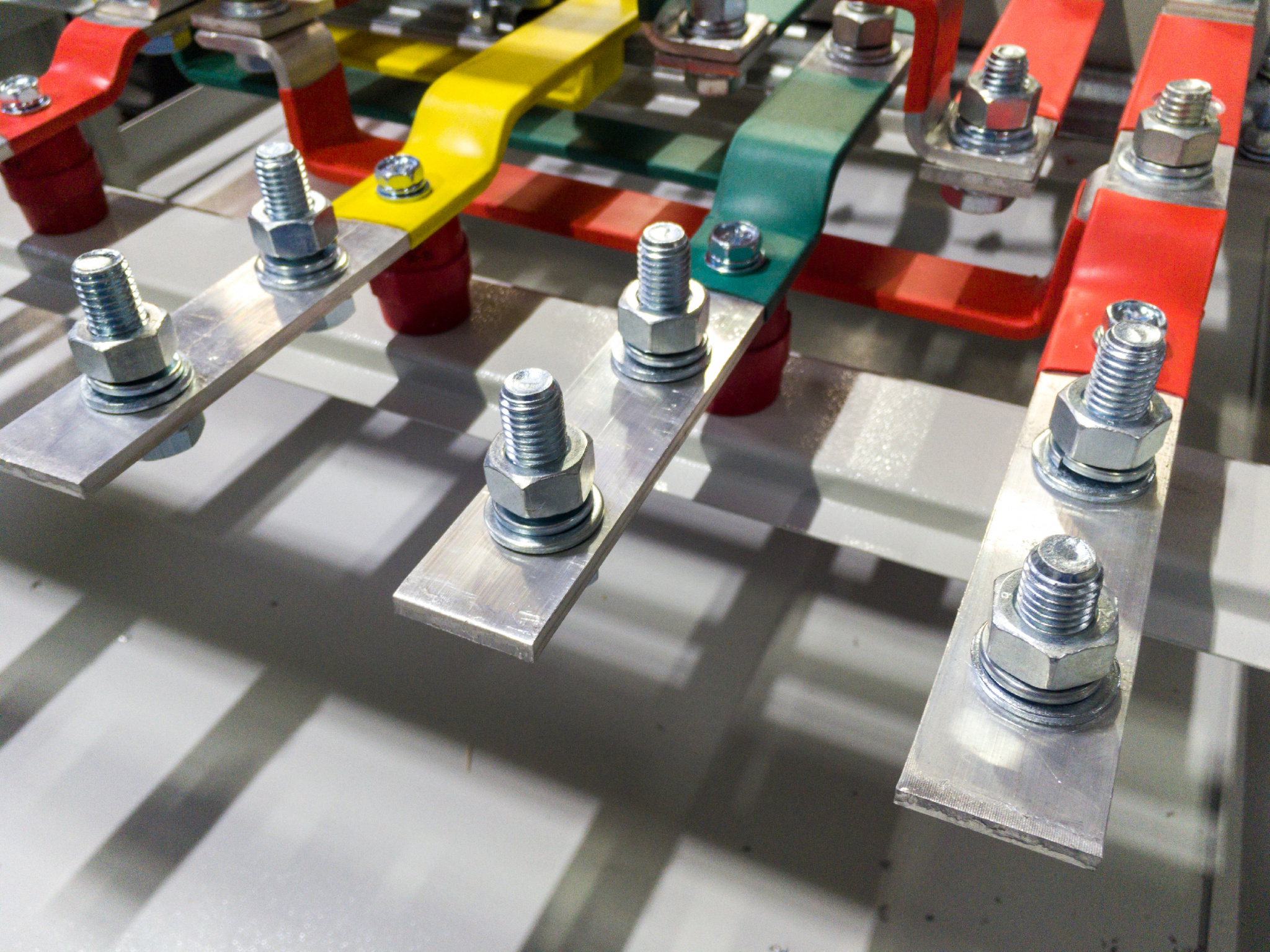 Contact connection – current-carrying aluminum busbars in a three-phase electrical panel |
A loose connection is a connection that has not been fully torqued, weakened because of vibration, covered with corrosion, worn over time, or has higher resistance due to the oxide film on the surface.
Loose connections also happen due to current/temperature fluctuations in the electrical panel during operations within the day. When the load is higher than the nominal values of currents and the ambient temperature is high, the whole electrical panel warms up. When the load demand is lower, and the ambient temperature is low, the electrical panel cools down. Such temperature fluctuations cause contact connections to expand several times a day, causing them to become loose.
Loose connections increase the connection's temperature by increasing dissipated power on it due to higher resistance. The increased contact temperature also accelerates the formation of oxide films. Oxygen is deposited on the metal surface, forming an oxide film. This film on the contact increases resistance. As the temperature increases, the oxide film formation process accelerates. This lengthy process can take several months, gradually increasing the resistance and the degree of overheating until an uncontrolled thermal runaway occurs and consequently a local burnout of the contact or a fire in the electrical installation.
Moreover, such connections increase the overall temperature of the electrical panel. And the reliable operation of the equipment directly depends on the allowable excess temperature of various materials and adjacent equipment; it reduces the lifetime of the equipment and increases the chances of failures.
|
The trickiest problem of detecting loose connections is that loosening can happen at any time without any visual signs of overheating. Maintenance personnel may conduct equipment inspections, but an overheated loose contact will look just like a regular one. Such minor hidden problems will slowly cause major devastating scenarios like fire. To avoid this, it is necessary to apply regular preventive measures to detect overheating. Ignoring this may result in:
|
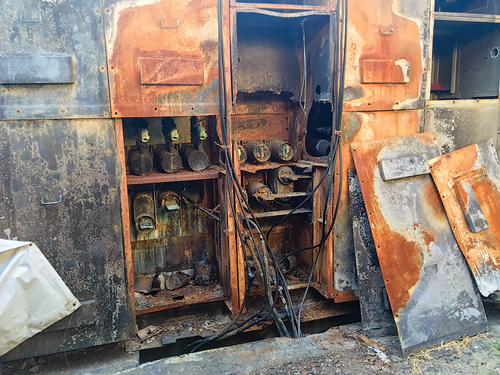 Electrical panel after extinguishing the fire |
Preventative actions also lower utility bills since loose connections increase resistance resulting in higher energy loss. By tightening and cleaning the electrical connections, it is possible to reduce these expenses. Over time, these costs will become significant.
2. Infrared thermography limitations
The classic method of equipment inspection and identifying faults is scheduled infrared thermography inspection. This method is widespread all over the world. You can find the infrared thermography method in International ISO standards and American ASTM standards. They specify conditions for diagnostics of machines, test methods for detecting temperature differences, requirements for certification of personnel, etc.
The principle of the method is that maintenance personnel use thermal cameras to visually inspect the equipment for signs of overheating at a specific time. They inspect areas that tend to represent the highest thermal risks.
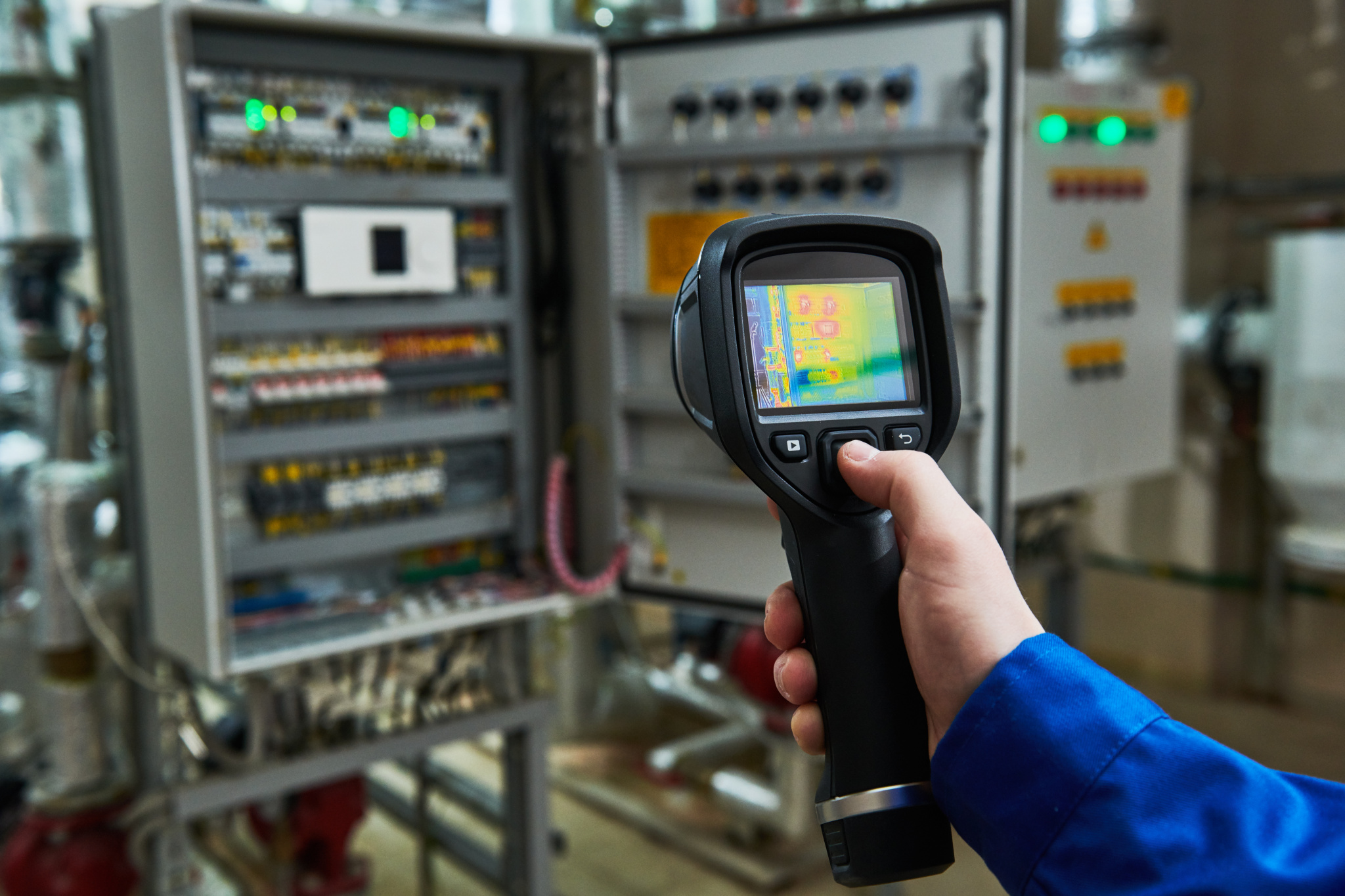 Infrared thermographic camera |
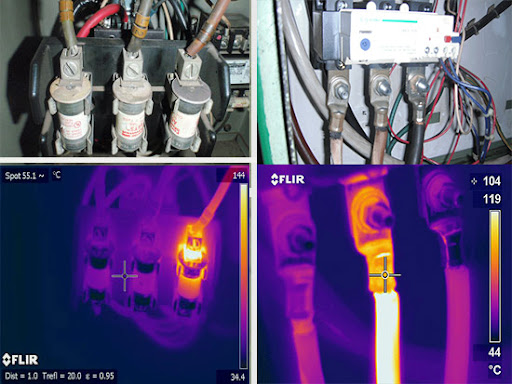 Infrared Thermography scan of cable connections |
Infrared thermography inspection has its advantages: it’s not expensive and can be implemented technically everywhere, where temperature inspection is required.
However, this method also has a lot of disadvantages:
- Infrared thermography inspection is conducted regularly every 6, 12, or 24 months; therefore, it provides information of overheating only at inspection time. What happens with equipment between two scheduled inspections is unknown. Theoretically, the connection point can get loosened and burnt out within a month, which is an inter-inspection period. Hence infrared thermography method will not help in this case.
- Medium voltage cabinets are equipped with protection against door opening when the cabinet is powered with voltage. Unfortunately, it means that it is impossible to freely access inside with a thermal camera. The only way to use the thermal camera in a medium voltage cabinet is to install an (optional) infrared switchgear window, as shown in picture 5. Unfortunately, windows are generally small and have limited viewing angles, so the access and visibility are limited. In addition, it doesn’t allow checking every wished spot of the equipment in locked enclosures due to the layout of the equipment or the limitation of the infrared window in medium voltage enclosures.
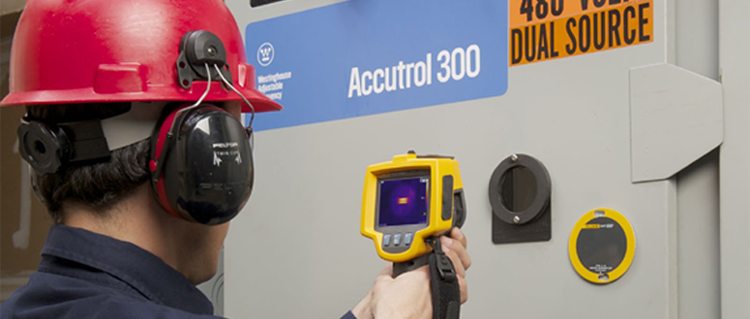
Infrared Switchgear Window
- The load at the time of inspection should be at least 60% to be able to see weak points. If the load level is less than that, an additional load must be connected, which can be problematic sometimes if the nominal power is high. Otherwise, it is essential to plan the inspection during high load or, it won’t be possible to detect overheated parts of the connections even if they have already occurred.
- Thermal inspection can be unsafe for personnel. Low voltage equipment inspector must open a door of electrical panel and stand close to live parts, which can be dangerous.
- Thermal inspection depends on human factor. The quality and completeness of such inspection depend entirely on the human factor.
Overall, it can be concluded that infrared thermography can’t protect completely and efficiently equipment and prevent fire or overheating hazards in electrical panels. Therefore, there should be another continuous preventive solution.
3. FIPRES: a solution to compensate IRT limitations
FIPRES – Electrical Fire Prevention and Overheating Control System offers a solution where Infrared thermography is limited. FIPRES is a new and unique technology that allows finding dangerous overheating of loose contacts long before a fire hazard occurs.
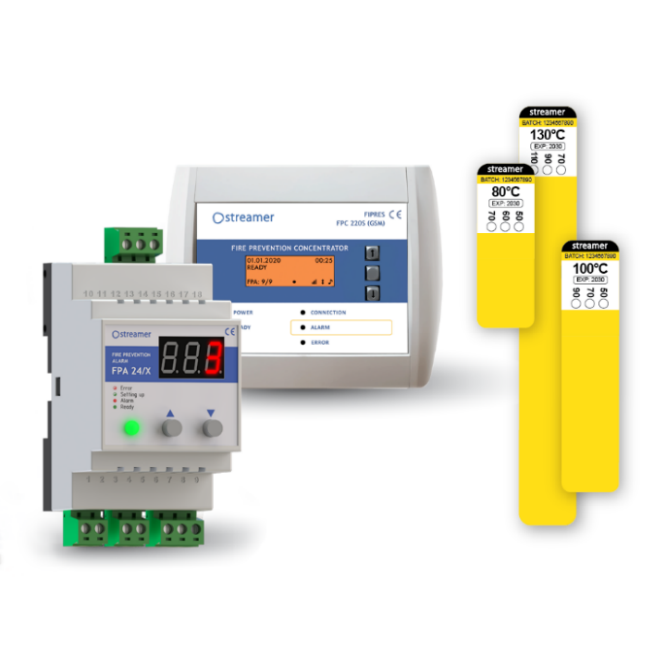 FIPRES (Fire & Overheating Prevention) system |
FIPRES is a preventive system that works 24/7 and controls all critical connections without human intervention in LV and MV electrical panels. FIPRES consists of 3 main products: rFPT sticker, FPA gas sensor, and FPC hub. rFPT (remote Fire Prevention Thermolabel) is a self-adhesive tape that is wrapped around electrical connections or near controlled parts that are potentially prone to overheating. rFPT is made of composite material with encapsulated signal gas. At activation temperature (80/100/130 °C), capsules burst and release a safe signal gas. FPA (Fire Prevention Alarm) is installed inside the protected electrical panel and detects the threshold concentration of the signal gas released by rFPT. FPC (Fire Prevention Concentrator) is a hub that gathers information from several FPAs at the same time and transmits an alarm signal to the central fire alarm system, SCADA or BMS. It also has a speaker for audible warning and an optional GSM module to send an SMS notification to duty personnel. FPC is an optional device since data from FPA can be transmitted to SCADA / BMS / Local ALARM system directly from FPA. |

How FIPRES system works
The activation temperature of rFPT is either 80, 100, or 130 °C. Such range of temperatures allows to a) timely react to contact overheating above the normal operating temperature, b) to warn maintenance team before any damage to the equipment, since cable insulation will begin to melt only after 250-280°C and c) to provide the maintenance team sufficient time to plan maintenance and repairs without the need for an immediate power outage.
The typical fire scenario inside electrical cabinets is shown in picture 8. It is a temperature curve of a contact joint that has become mechanically loose due to one of the many possible causes listed in the first part of the article. The contact starts to overheat at the moments of high load in the circuit. Each time of high load, the contact deteriorates more, and its resistance continuously increases due to the oxidation process and mechanical weakening. After dozens of such cycles, the situation becomes critical. The contact gets completely degraded, covered with an oxide film, and the cable insulation loses its dielectric strength due to accelerated aging. After reaching this stage, every single overheating can lead to a fire. At this point, the fire can be detected by fire systems. The detection time depends on the type of fire system, its sensitivity, and its placement. But even by using the most sensitive fire systems like an aspiration fire alarm system, which is complex and costly in both CAPEX and OPEX aspects, the user has to deal with material damage of equipment, power outage, and production process interruption.
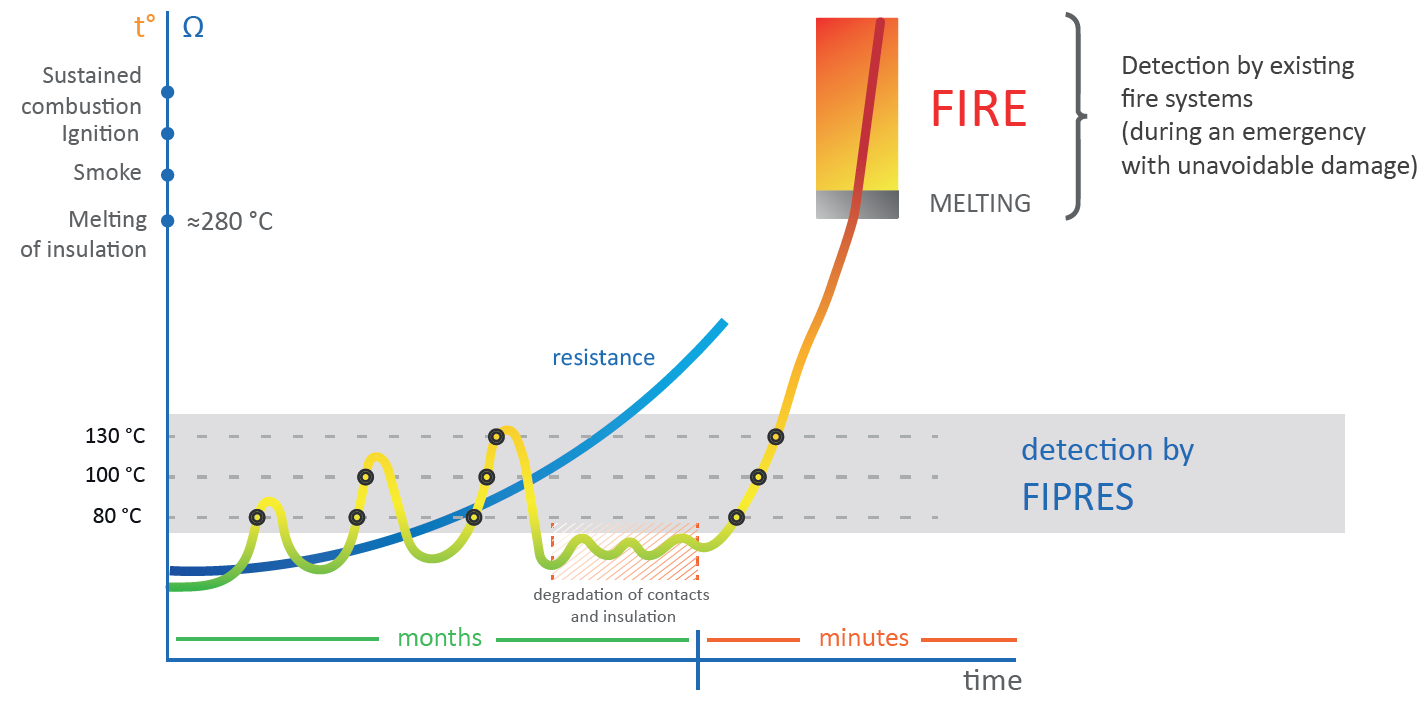
The typical scenario of fire inside electrical cabinets
FIPRES, in turn, proposes to detect overheating at earlier stages, a few months before the stage of degradation, and the actual risk of fire. On the graph, the moments when FIPRES can detect overheating are marked with black dots. Normally, after the very first detection of overheating, a maintenance electrician should come, check the overheated spot, and schedule the date for repair (clean and tight the contact, replace damaged parts if it’s required). After this short and timely repair, the connection is not prone to be overheated in the future.
Typical points that require the maximum of attention and are recommended for equipping with FIPRES:
- Circuit Breaker (CB) contacts (especially with withdrawable contacts)
- Incoming/outcoming cables connection
- Cable joints (incoming cables/cable feeders)
- Fuses contacts
- Disconnector contacts
- Capacitor banks
4. To sum up
FIPRES is a unique and convenient system that detects abnormal overheating at an early stage, months before the electrical fire, thereby preventing costly damages, power outages and risk for people.
What are the advantages of FIPRES?
+ Controls the condition of the equipment 24/7, so it works as a preventive solution.
+ Allows checking equipment in locked (explosion-proof) enclosures. It doesn’t require a special MV switchgear window.
+ Allows checking all spots at the same time. The number of monitored points isn’t limited. You can control every part of the electrical panel and take preventive measures to increase production reliability.
+ Safe for personnel since it doesn’t require opening a door of electrical panel and standing close to live parts.
+ Doesn’t depend on the human factor. FPA will detect the overheating over 80-130 °C. Duty personnel will get SMS notifications or hear or see an alarm signal when an overheating occurs.
+ Has pre-indication of rising temperature with 3 or 4 level thermoindication dots on rFPT, which irreversibly change its color to black after reaching a certain temperature (50-110 °C). It may help the maintenance team during monthly inspections to know to what temperature the equipment had been heated up.
+ System installation doesn’t require additional tools or specially trained employees. It can be installed in both new and existing equipment.
Typical FIPRES locations are presented in the below pictures.
FIPRES references of preventing fire hazards in electrical panels
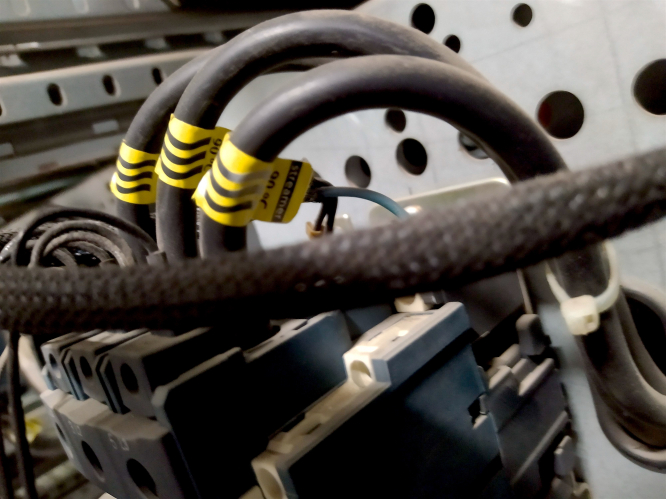
We will demonstrate two cases of FIPRES - Fire Prevention and Overheating Control system preventing fire hazards in electrical panels.
A leading global business insurance company, Allianz Global Corporate & Specialty (AGCS), has published an article listing FIPRES as a solution to the problem of electric contact connections overheating
A leading global business insurance company, Allianz Global Corporate & Specialty (AGCS), published an article about contact connections overheating problems, and existing technological limitations of infrared thermography inspections.
LLPD field trial at Oil & Gas sector of Indonesian power grid
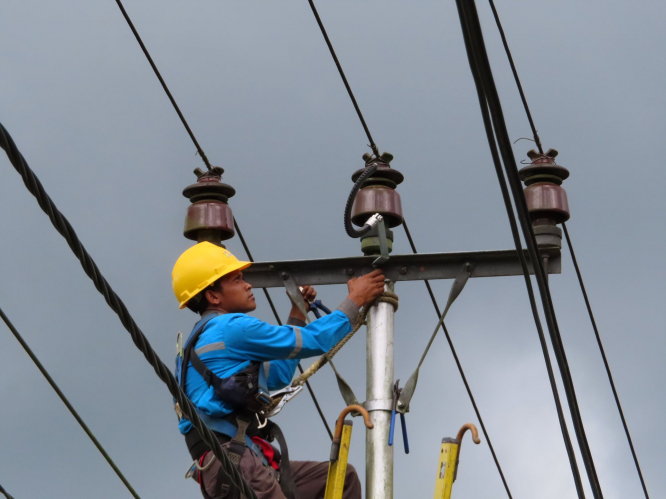
The 3rd International Conference on High Voltage Engineering and Power Systems 2021 (ICHVEPS 2021) is the third biannual conference organized by the School of Electrical Engineering and Informatics, Institut Teknologi Bandung, Indonesia, as an international forum for exchange ideas, discussion, and dissemination of research results and technologies in the field of High Voltage Engineering and Power System.
Investigation of LLPD performance at high altitude
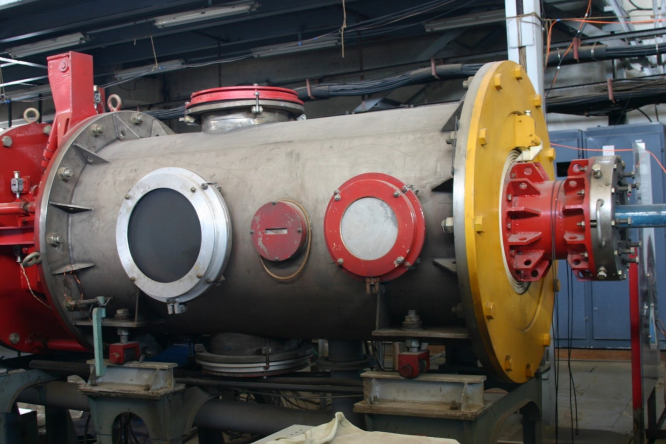
International Conference on Lightning Protection” (ICLP) and “International Symposium on Lightning Protection” (SIPDA) represent the majority of the world scientific and industrial community in the field of lightning. ICLP and SIPDA bring together delegates of a broad spectrum that includes scientists, advisers, entrepreneurs, and heads of industrial research programs. Since Lightning protection is a multi-million dollar industry, the ICLP-SIPDA conference is one of the most sought after events by scientists and inventors alike to bring novel ideas and inventions to the public. The ICLP and SIPDA scientific committees have decided to hold a joint virtual conference from 20th to 26th September
Utility feedback after LLPD deployment published at CIRED 2021
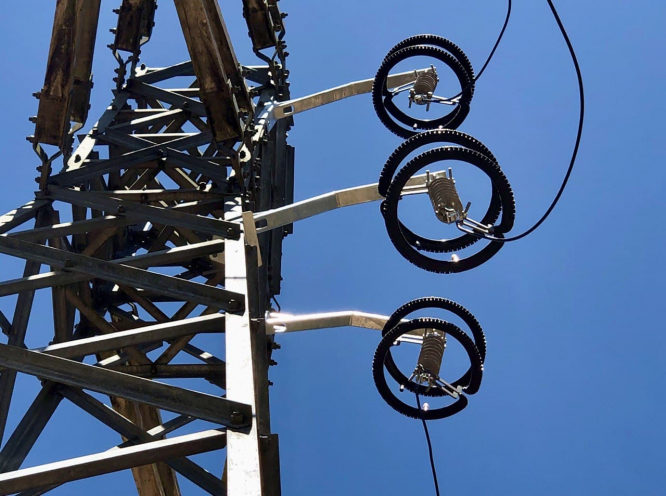
CIRED 2021 is an opportunity to hear new research, ideas and initiatives, and interact with hundreds of key decision leaders in the electricity distribution field.
Overheating and Fire Hazards in Capacitor Banks
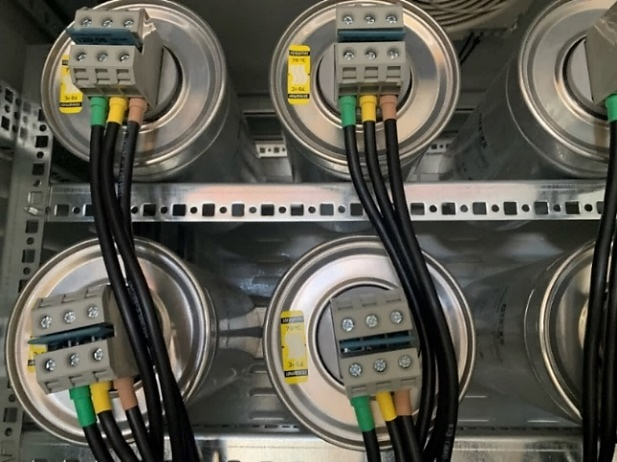
Overheating of capacitor banks is a common problem in reactive power control systems, and these systems are an essential part of electric distribution and transmission. It may occur due to inadequate ventilation, loose connections, bad design, or the overvoltage during lower demand period. Moreover, the capacitor lifetime depends directly on the operating temperature hence an overheating will lead to a faster aging.
Online Transformer Drying Solution
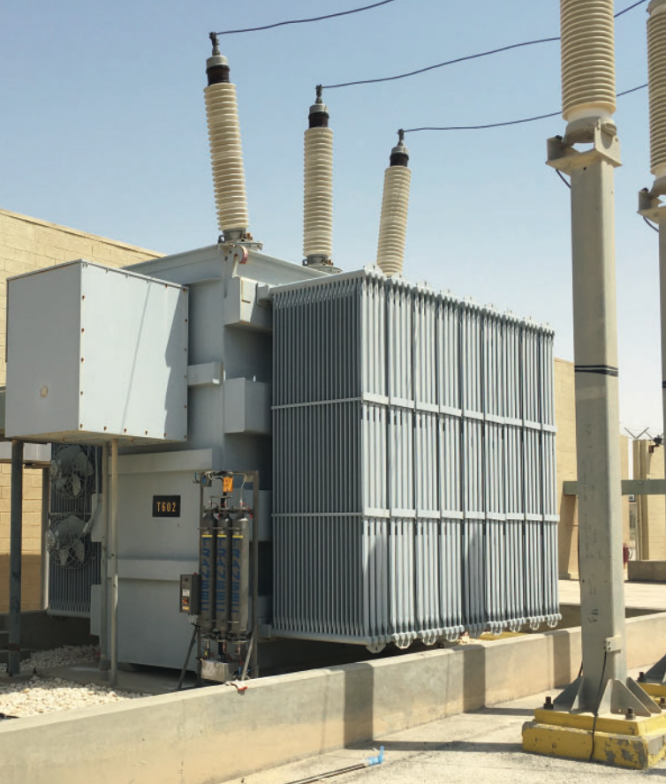
The issue: moisture is threatening the transformer
Interview with Henrik Nordborg (Nordborg Henrik)

